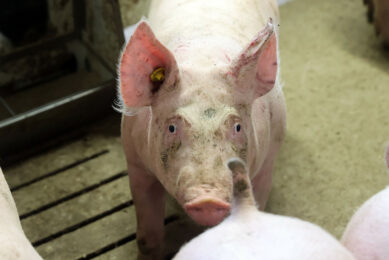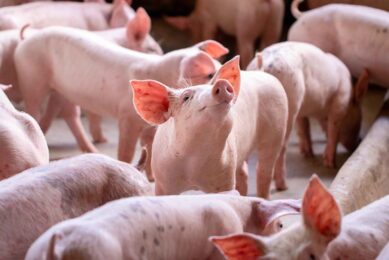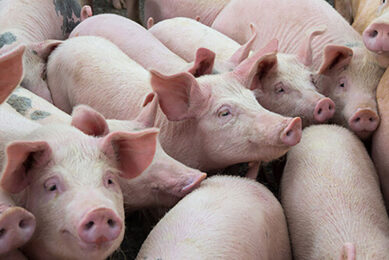OIE closely monitoring H1N1 pig outbreaks
The OIE is closely monitoring the world animal health situation including with regard to infections of all susceptible animals with the pandemic H1N1 2009 virus.
Regular reports of countries notifying the presence of the pandemic H1N1 2009 influenza virus in animals to the OIE show disease surveillance in animals and reporting mechanisms function well and, that the very vast majority of OIE Member Countries act in full transparency with the international community.
“Pandemic H1N1 2009 virus infections in pigs and other susceptible animals were assessed as probable from the very first days after the virus was detected in humans. So, it does not come as a surprise that notifications of infection in new animals species are received; on the contrary it demonstrates animal disease surveillance is efficient and functioning to the benefit of all,” Dr Bernard Vallat, OIE Director General commented.
So far, no evidence has suggested that animals play any particular role in the epidemiology or the spread of the pandemic H1N1 2009 virus among humans. Instead, investigations led by competent national authorities point to possible human–to–animal transmission in most cases. For this reason, the OIE considers that it is sufficient to certify the healthy state of animals for international trade during the relevant period before their exportation and maintains its position that no specific measures, including laboratory tests, are required for international trade in live pigs and other susceptible animal species and/or their products.
Pigs susceptible
Laboratories in the OFFLU network (OIE-FAO joint network of expertise on animal influenza) across the world have been sharing biological material and information, and have been working to assess transmission and pathogenesis of the pandemic H1N1 2009 virus in different species of animals. The experiments demonstrated among other things at an early stage that pigs are susceptible to the pandemic H1N1 2009 virus but that infected pigs only showed mild signs of disease.
Nevertheless, the OIE continues to encourage the surveillance and reporting of the presence of all epidemiologic events of significance in animals due to influenza viruses, as well as any other emerging pathogen. “As national Veterinary Authorities continue and intensify surveillance for the pandemic H1N1 2009 virus in susceptible animals, it is very likely that there will be additional findings of other influenza strains”, Dr Vallat commented. “That is why we insist on the importance of epidemiological investigations of unusual illness among all animals, and the necessary collaboration and communication between animal health and public health authorities”, he added.
All recommendations on the pandemic H1N1 2009 virus issued so far by the OIE to national Veterinary Services remain valid. The OIE strongly encourages the effective implementation of international standards and notification obligations by all and offers its assistance to any Member Country wishing to comply with these standards.











